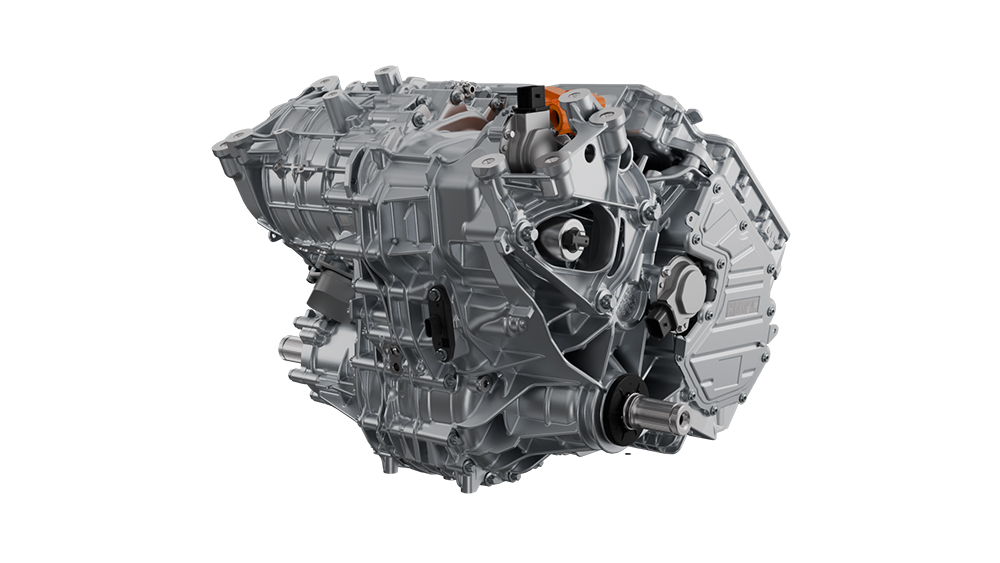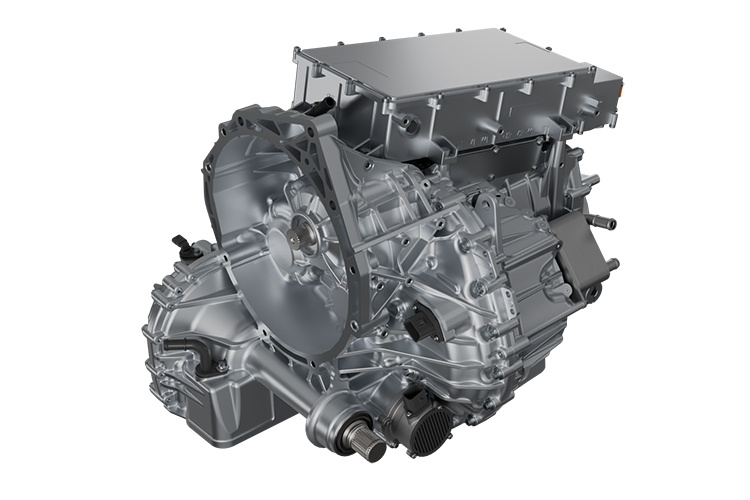Magna was tapped to be a leader in this effort because of our unique position in the industry and our knowledge of the entire development phase of packaging. As a Tier 1 supplier, we are at the center of everything, with an all-encompassing view of materials coming in from our suppliers to products going out to global automakers.
In a perfect scenario, automotive packaging would last multiple trips, even years, while providing protection to car parts. Then, it would be recycled. But the realities of this sustainable practice are far more complicated than many would imagine. A
great deal of material is still being sent to landfills and according to some experts, it may take a thousand years or more to finally degrade.
In addition to plastic and wood, a big concern in our industry is the use of multi-material packaging. Even though we have an excellent recycling stream for corrugated board, a common packaging material, if it is secured to a container with staples, Velcro
or rivets, they must be removed. If a shop-floor operator can’t easily remove fasteners, the whole container – including the pallet it comes on – goes into the landfill.





